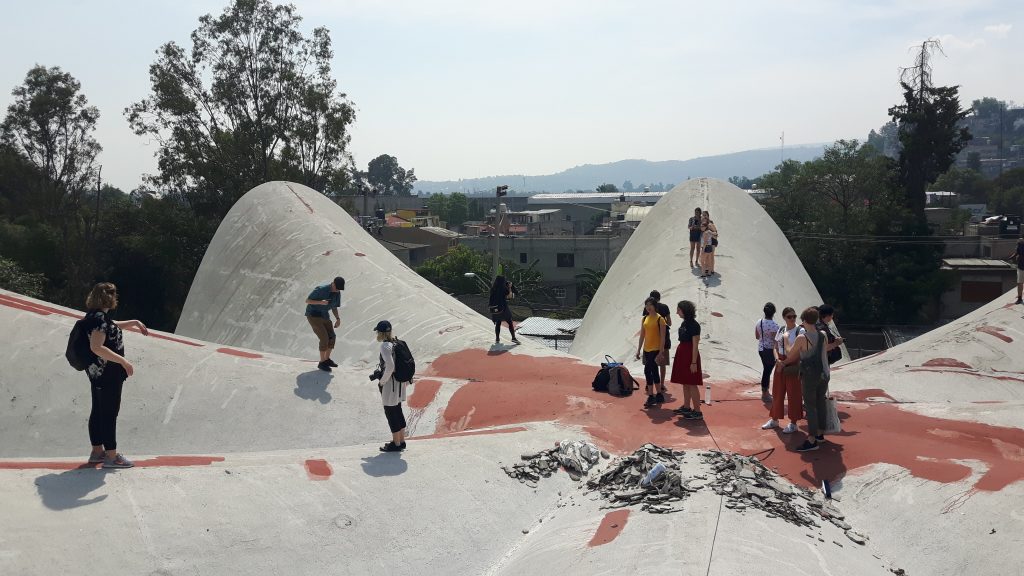Assoc. Prof. Mariana Esponda presents paper at International Symposium on Felix Candela
December 11, 2022
Associate Professor Mariana Esponda presented a paper, Studies and Challenges in the Preservation of Felix Candela’s Masterpieces, at an international symposium held by the National Autonomous University of Mexico.
The International Symposium on Felix Candela, organized by the university’s Faculty of Architecture, took place on December 7, marking 25 years since the death of the Spanish-Mexican architect known for his remarkable shell structures.
“His work was pioneering in the development of ingenious construction strategies which made possible some of the most elegant and daring concrete shells built during that period,” says Dr. Esponda.
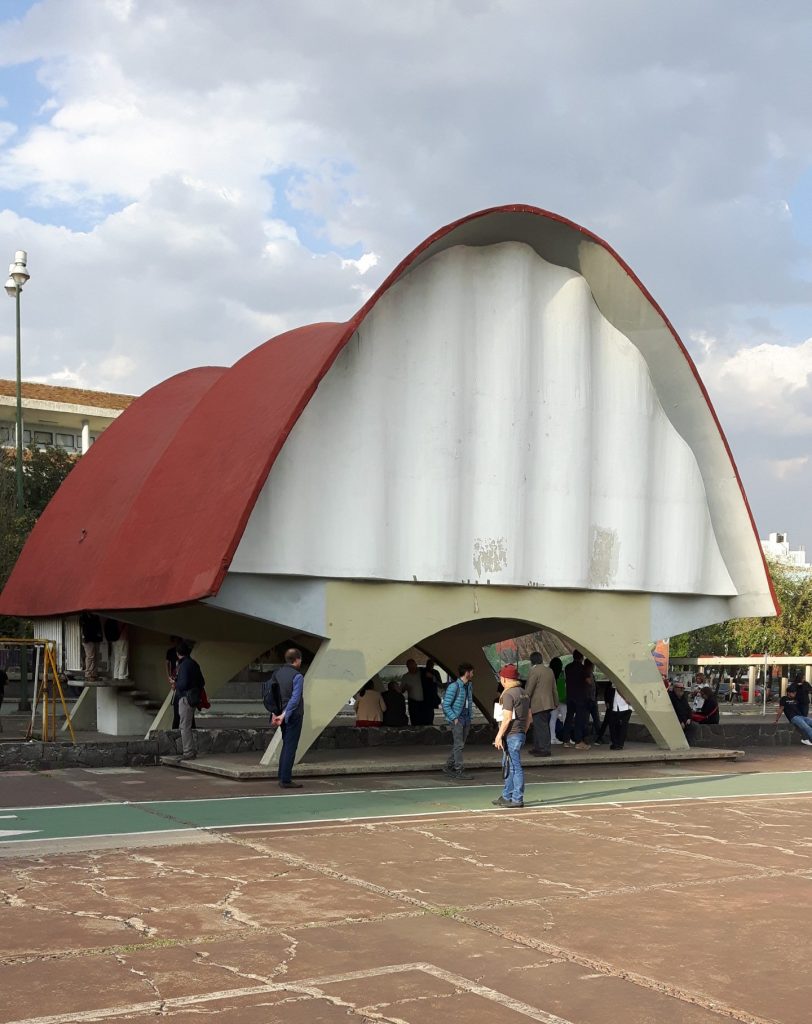
The Cosmic Rays Pavilion, located on the campus of the National Autonomous University of Mexico.
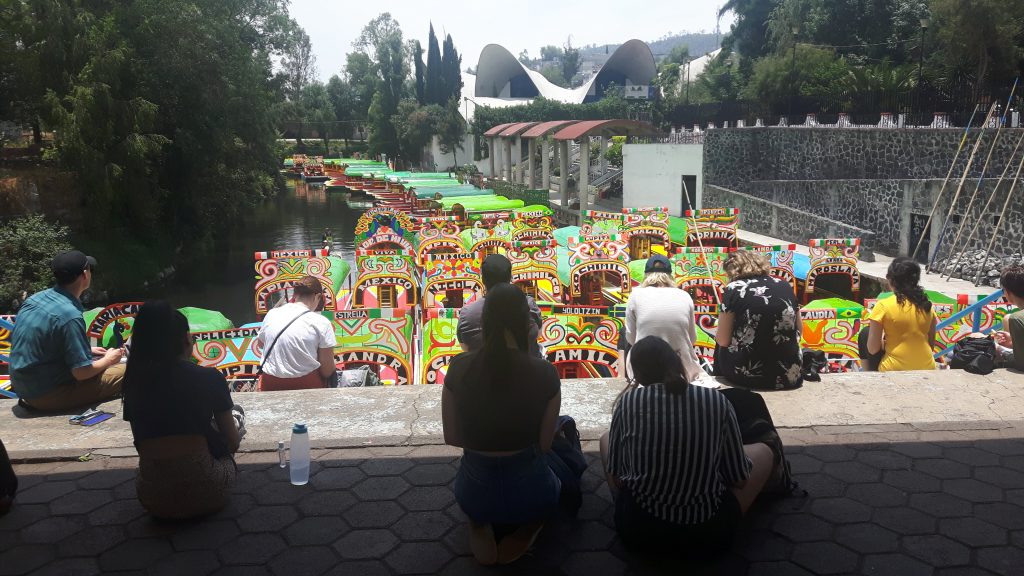
ASAU students drawing with the Los Manantiales Restaurant in the distance
Her online presentation focused on two of Candela’s buildings in Mexico City designated UNESCO World Heritage sites: Los Manantiales Restaurant and the Cosmic Rays Pavilion, located on the campus of the National Autonomous University of Mexico,
A strong advocate for the protection and reuse of 20th-century buildings, Esponda analyzed the challenges and opportunities for preservation in the context of sustainable development.
“The concrete shells that Candela built in Mexico City addressed specific structural challenges due to Mexico City’s poor soil conditions and earthquakes,” she says. “Their iconic architectural design also responded to the socio-cultural, political, and economic contexts and challenges that Mexico was experiencing during the post-revolution period.”
The devastating earthquakes that shook Mexico City in 1985, 1999, and 2017 have threatened their structural integrity, she notes, adding: “However, it is not only natural disasters that pose a threat to the shell’s structural integrity, but in fact, poor maintenance, inadequate use, and adaptations are factors that can gradually threaten buildings’ structural integrity.”
She is collaborating with a multidisciplinary group of experts on understanding the main threats to the structural integrity of the pavilion, as well as protecting and conserving these hyper paraboloid masterpieces of Candela in Mexico City.
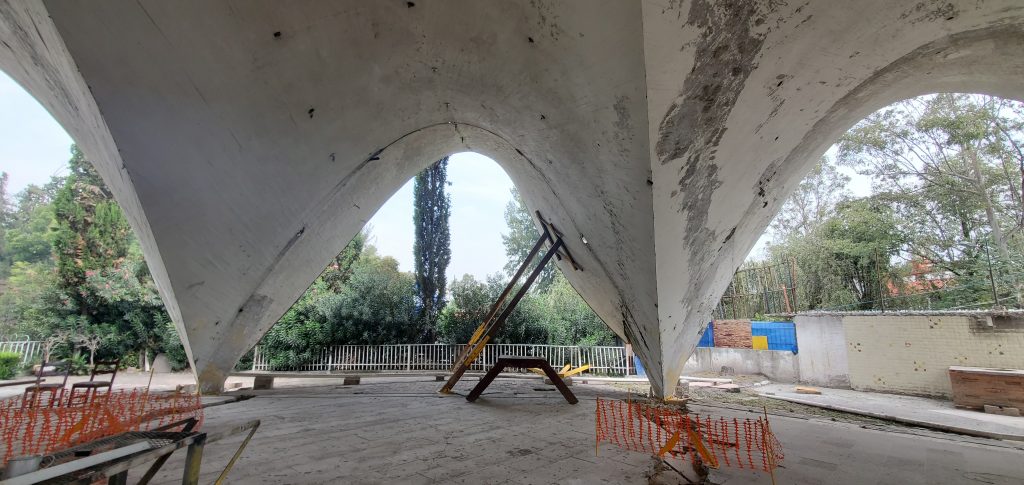
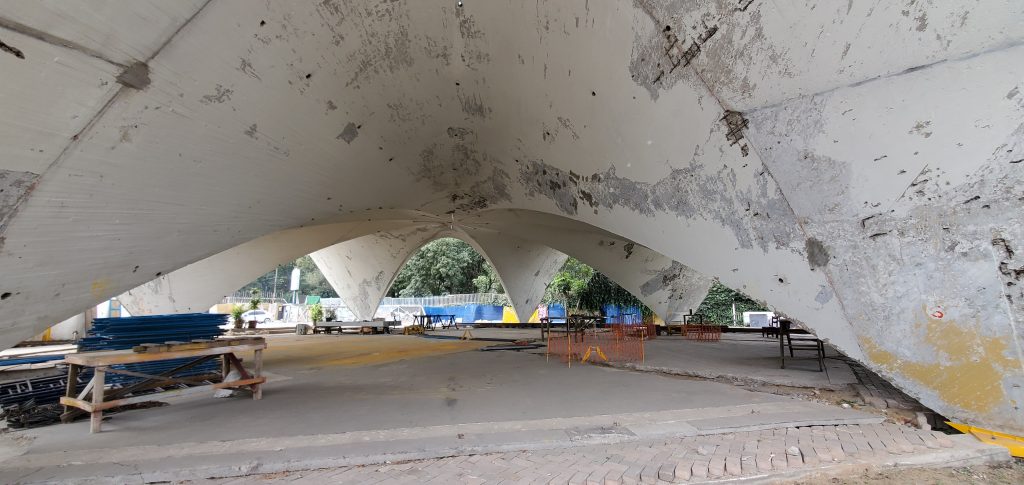
Current state of the Los Manantiales Restaurant
Since 2005, Esponda has researched the use, evolution, pathologies, and adaptive reuse of reinforced concrete masterpieces — from technological innovation to sustainable rehabilitation — in Spain, Italy, Canada, the United States, and Mexico.
In the last two years, she has received two research grants to study concrete in the National Capital Region.
Currently, on sabbatical, she continues to study the history of concrete in Ottawa-Gatineau to craft three historical narratives that lay the foundation for understanding, evaluating and proactively stewarding the rehabilitation and adaptive reuse of modern concrete buildings.
Esponda has collaborated with the Strutt Foundation and the Getty Conservation Institute to protect and conserve the Strutt House, crowned by the first wooden hyperbolic paraboloid roof in Canada.
In 2019, she brought 16 conservation students to Mexico to study how 20th-century buildings were affected by the earthquake in September 2017.
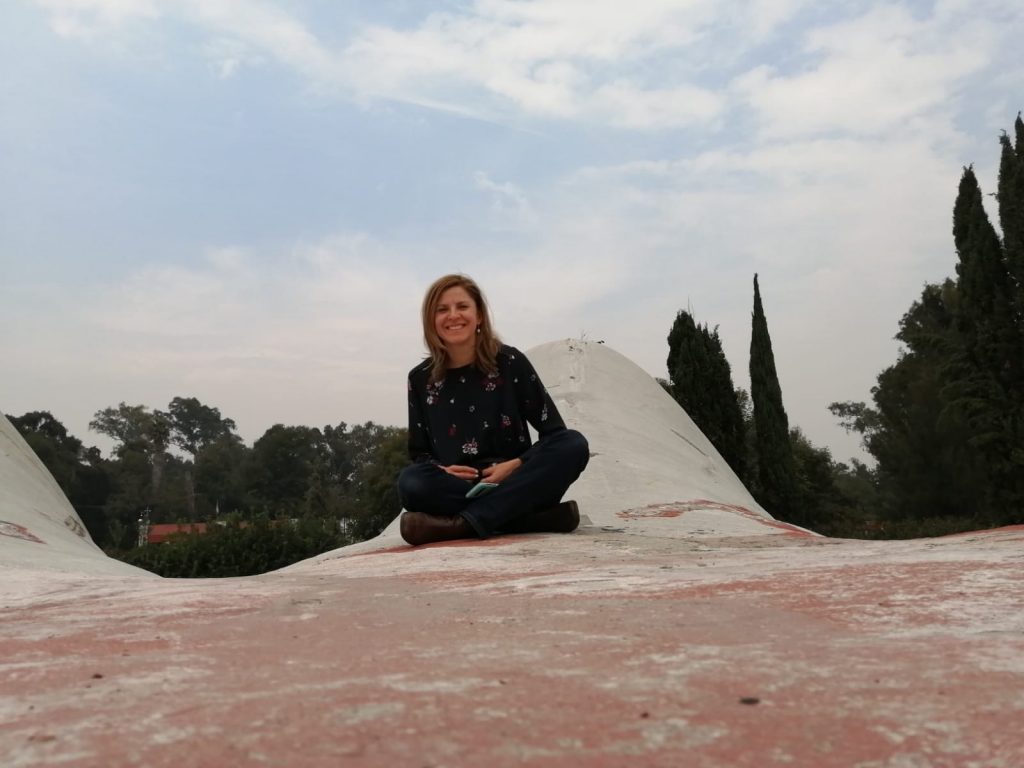
Mariana Esponda atop the Los Manantiales Restaurant
